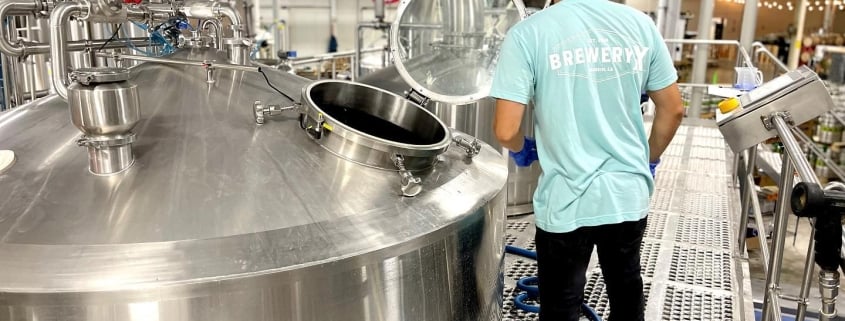Best 20 BBL Brewhouse for Craft Brewery
What is a 20 bbl Brewhouse?
A 20 bbl brewhouse is a brewing system with a capacity to produce 20 barrels of beer per batch, which translates to approximately 620 gallons or 2,340 liters. In simple terms, it’s the heartbeat of many medium-sized craft breweries. The “bbl” stands for “barrel,” a standard measurement in the beer industry where 1 barrel equals 31 gallons.
So, when we say “20 bbl brewhouse,” we’re talking about a brewing setup designed to handle medium-scale production. It’s the sweet spot for breweries looking to serve local markets, distribute to restaurants, or operate a popular taproom. It’s much larger than small pilot systems but significantly more manageable than the massive 100 bbl systems used by large commercial operations.
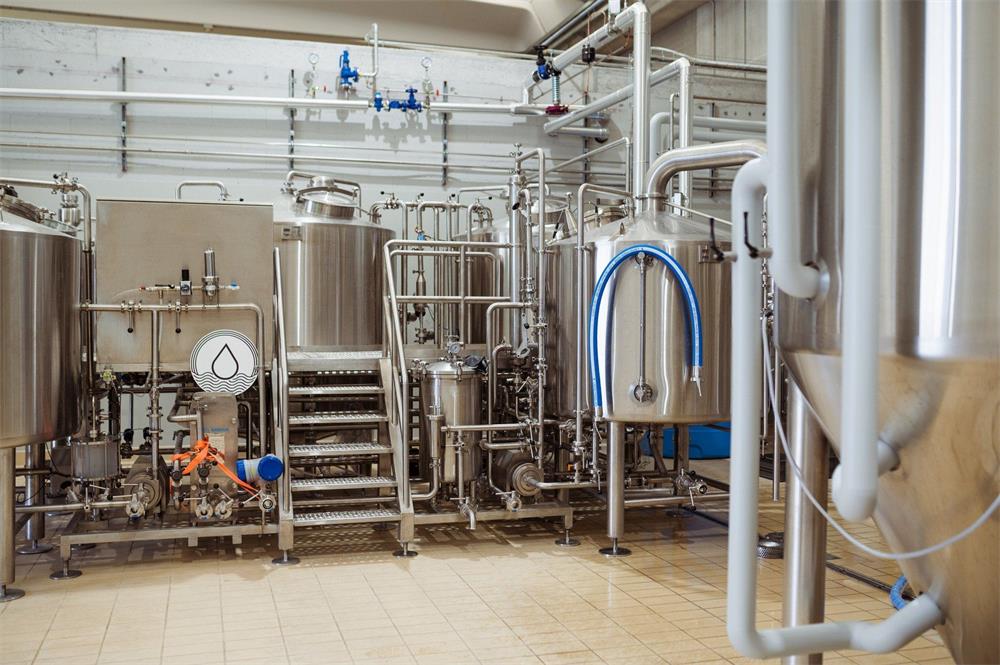
Why Choose a 20 bbl Brewhouse?
Choosing a 20 bbl brewhouse isn’t just about size—it’s about finding that perfect balance between capacity, efficiency, and growth potential. Let’s explore why this size hits the sweet spot for many brewers.
For starters, a 20 bbl system is big enough to support regional distribution but still small enough to allow flexibility in production. You can experiment with seasonal or specialty beers without risking huge financial losses if a batch doesn’t sell as expected. Compared to a 10 bbl brewhouse, the 20 bbl offers double the output per batch with relatively similar labor and brewing time.
On the flip side, it’s not as capital-intensive as a 30 bbl or 50 bbl brewhouse. It’s like choosing a pickup truck instead of a semi-truck—you get more space and power without the complications and costs of managing a giant fleet.
The Main Components of a 20 bbl Brewhouse
When you invest in a 20 bbl brewhouse, you’re buying more than just a single piece of equipment. It’s a whole ecosystem working together to turn grains into delicious beer. Here’s a deep dive into the essential components:
| Component | Description |
|---|---|
| Mash Tun | Where malted grains are mixed with hot water to extract sugars. Key for starting the beer-making process. |
| Lauter Tun | Separates the spent grain from the sweet liquid called wort. |
| Brew Kettle | Where wort is boiled and hops are added for bitterness and aroma. |
| Whirlpool Tank | Allows solid particles to settle after boiling, ensuring clearer wort. |
| Heat Exchanger | Rapidly cools the wort before fermentation. |
| Control Panel | The brains of the operation, often digital, allowing brewers to manage temperatures, timings, and processes. |
| Pumps & Piping | Facilitates the movement of liquids throughout the system. |
| Fermenters (Not technically part of the brewhouse but essential) | Vessels where the wort is fermented into beer. |
Each part plays a unique role, and together they create the seamless symphony that is commercial brewing.
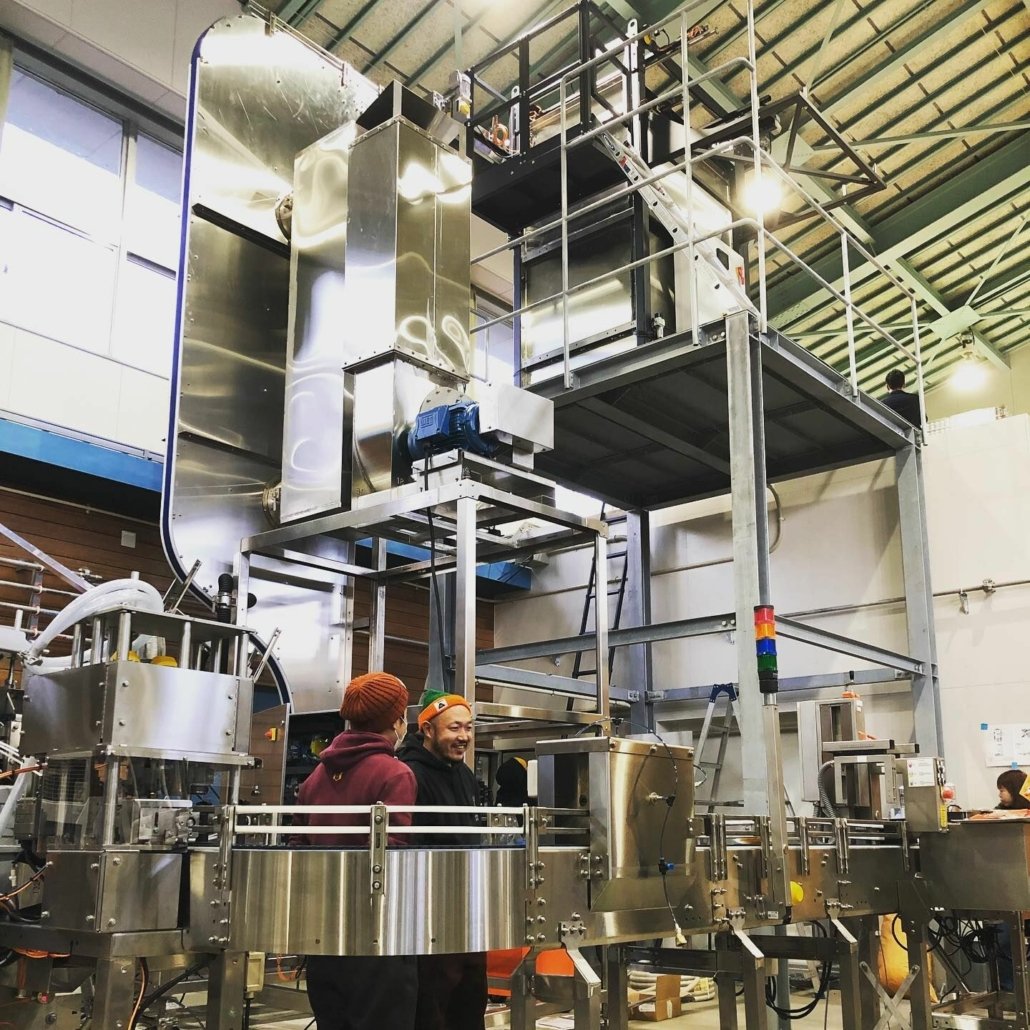
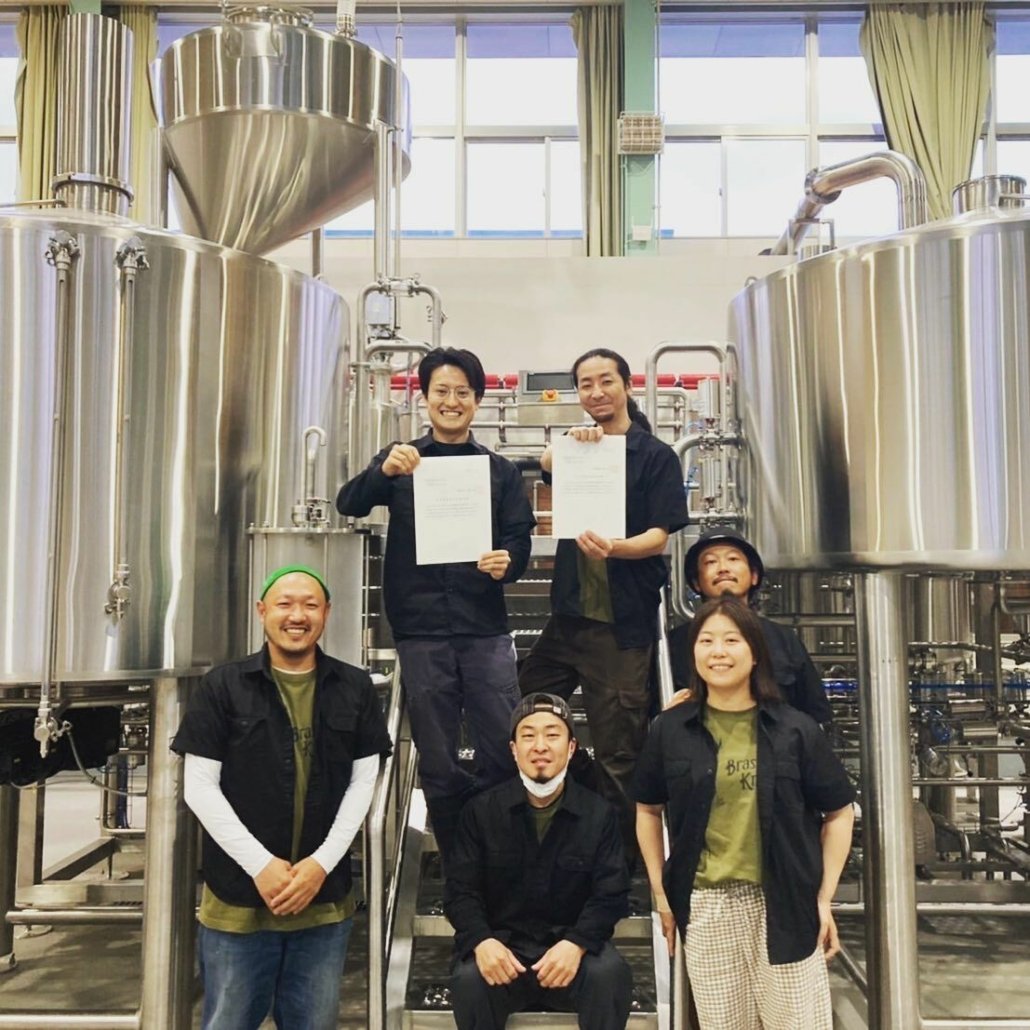
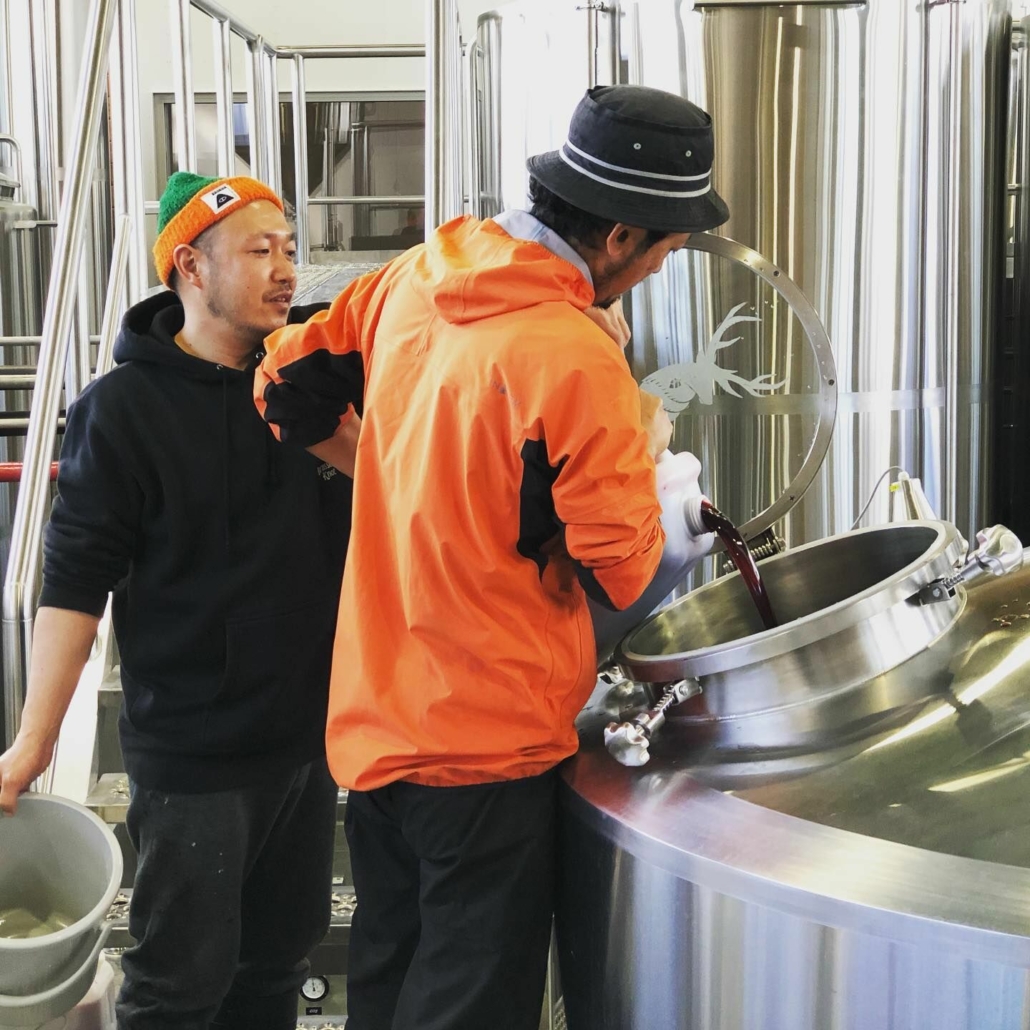

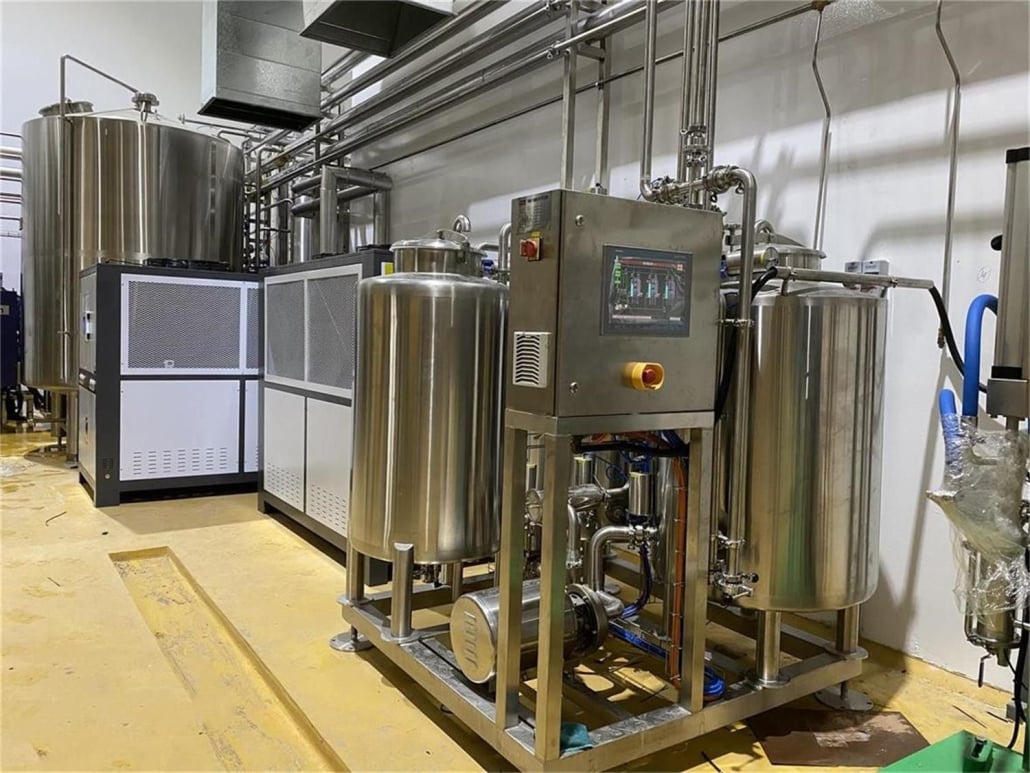
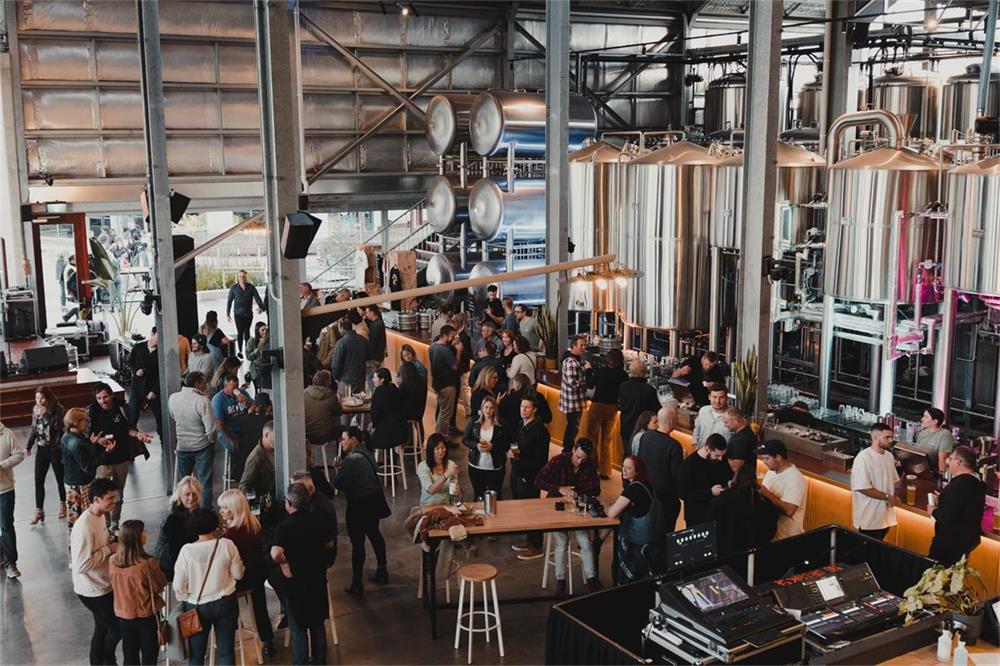
Different Types of 20 bbl Brewhouse Configurations
Just like cars come in sedans, SUVs, or trucks, brewhouses come in different configurations. Choosing the right one depends on your brewing goals, space, and budget.
Two-Vessel vs. Three-Vessel vs. Four-Vessel Systems
| Configuration Type | Details | Pros | Cons |
|---|---|---|---|
| Two-Vessel System | Combines mash/lauter tun and kettle/whirlpool | Compact, budget-friendly | Lower efficiency, longer brew days |
| Three-Vessel System | Separate mash tun, lauter tun, and kettle/whirlpool | Better flexibility, faster turnaround | Requires more space, higher cost |
| Four-Vessel System | Dedicated mash tun, lauter tun, kettle, and whirlpool | Highest efficiency, ideal for high production | Most expensive, complex installation |
Each setup offers a trade-off between space, cost, and production speed. A two-vessel system is great for smaller facilities, but if you want to maximize output and efficiency, a three or four-vessel setup is your go-to.
How to Choose a Suitable 20 bbl Brewhouse
Picking the right 20 bbl brewhouse is like choosing the perfect pair of shoes—it needs to fit your production style, budget, and future growth.
Ask yourself these questions:
- How much beer do you plan to produce per year?
- How many different beer styles will you brew simultaneously?
- What’s the available space in your brewery?
- What’s your budget?
Consider whether you want manual or semi-automatic systems. Manual systems give you a hands-on experience but require more labor, while semi-automatic ones save time and reduce human error.
Also, think about future expansion. It’s smarter to buy a system with a bit more capacity than you currently need rather than outgrowing your setup in a year.
Price Range and Influencing Factors of a 20 bbl Brewhouse
The cost of a 20 bbl brewhouse can vary dramatically based on several factors like configuration, material quality, brand reputation, and included automation features.
| Factor | Impact on Price |
|---|---|
| System Configuration | More vessels = higher cost |
| Level of Automation | Manual systems are cheaper; automated ones cost more |
| Materials | Stainless steel 304 vs. 316 affects price and durability |
| Customization | Unique sizes, piping layouts, or branding increases costs |
| Brand & Supplier | Top brands typically charge a premium |
Price Breakdown Example
| System Type | Estimated Price Range (USD) |
|---|---|
| Basic Two-Vessel | $100,000 – $150,000 |
| Standard Three-Vessel | $150,000 – $250,000 |
| Fully Automated Four-Vessel | $250,000 – $450,000 |
Installation, shipping, and taxes can also add significantly to the final price tag. Remember, you get what you pay for—cheaper systems may cut corners on longevity and efficiency.
Installation and Maintenance Suggestions for 20 bbl Brewhouse
Installing a 20 bbl brewhouse isn’t like plugging in a coffee machine. It requires careful planning, proper facility layout, and sometimes even construction adjustments.
Installation Tips
- Work with experienced engineers who specialize in brewery setups.
- Ensure you have proper floor drainage, water supply, and ceiling height.
- Check for sufficient power supply—many systems require three-phase power.
Maintenance Suggestions
- Regularly clean all tanks and piping to prevent contamination.
- Inspect pumps, gaskets, and seals frequently.
- Monitor control panels and automation software for glitches.
Routine maintenance keeps your system running like a well-oiled machine, saving you from costly downtime.
How Much Beer is Suitable for an Annual Production of a 20 bbl Brewery?
So, how much beer can you really pump out of a 20 bbl brewhouse? It depends on your brewing schedule.
Let’s say you brew three times per week:
20 bbl x 3 batches/week x 50 weeks/year = 3,000 bbl annually
That’s around 93,000 gallons of beer per year!
You can scale this up if you brew more frequently or add double-batch days. Some breweries with efficient scheduling and extra fermenters can push up to 5,000 bbl per year using a 20 bbl system.
Compared to smaller systems like a 10 bbl brewhouse, you can more than double your output with similar space and staffing. On the flip side, a 30 bbl system will obviously give you more volume, but the equipment and facility costs skyrocket quickly.
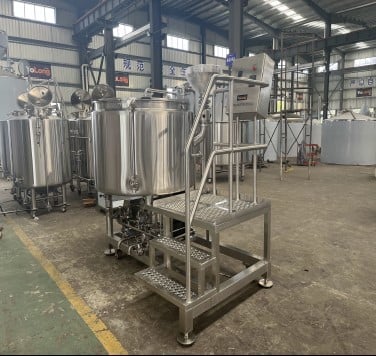
FAQs
| Question | Answer |
|---|---|
| How big is a 20 bbl brewhouse? | It typically requires about 800-1,200 sq. ft. of space, depending on configuration and layout. |
| How long does it take to brew one batch? | Generally, it takes about 8-10 hours from mash-in to the end of cleaning. |
| Can I brew smaller batches in a 20 bbl system? | Yes, but efficiency may drop if brewing significantly smaller volumes like 10 bbl batches. |
| What’s the lifespan of a 20 bbl brewhouse? | With proper maintenance, these systems can last 15-30 years. |
| Is a 20 bbl brewhouse good for beginners? | It’s better suited for breweries with some experience or serious growth plans. Pilot systems (1-3 bbl) are better for total beginners. |

